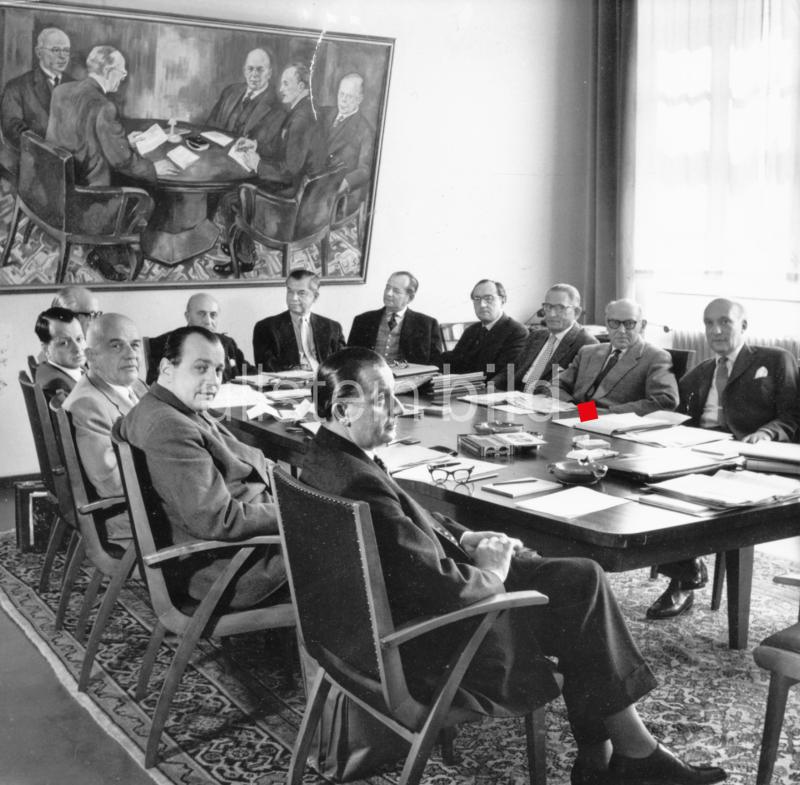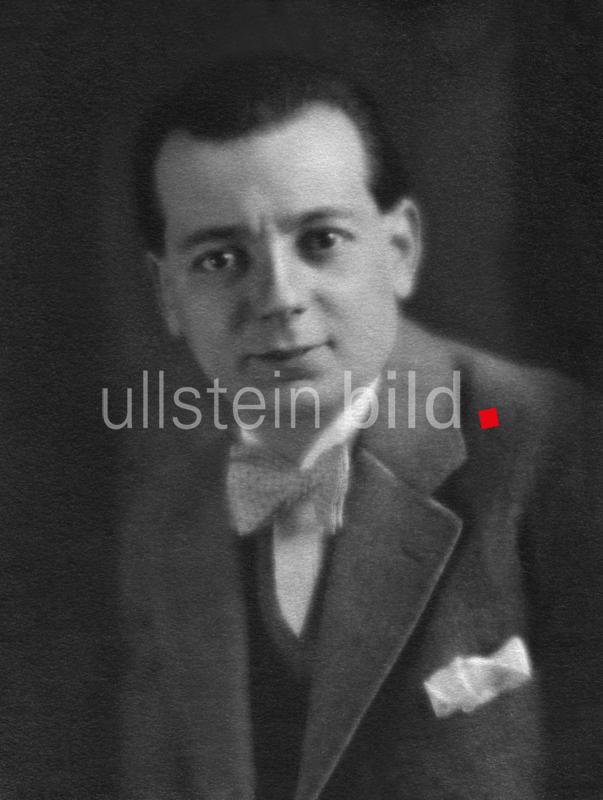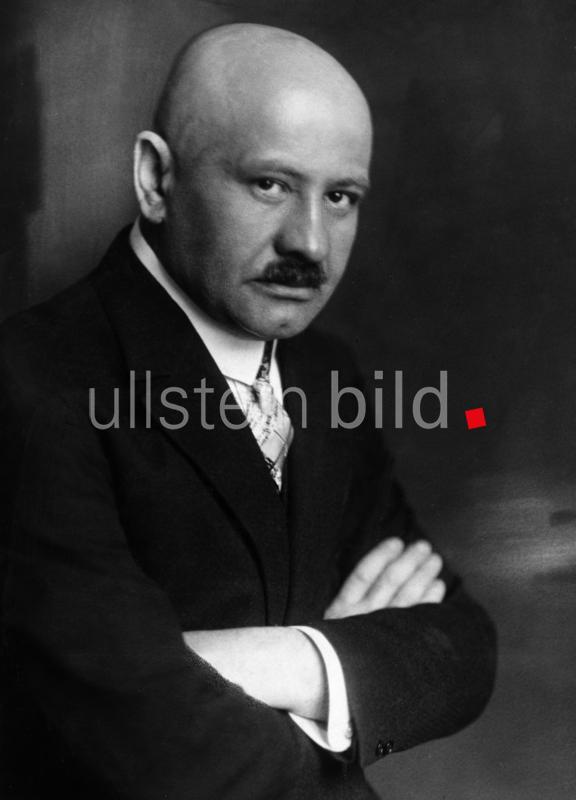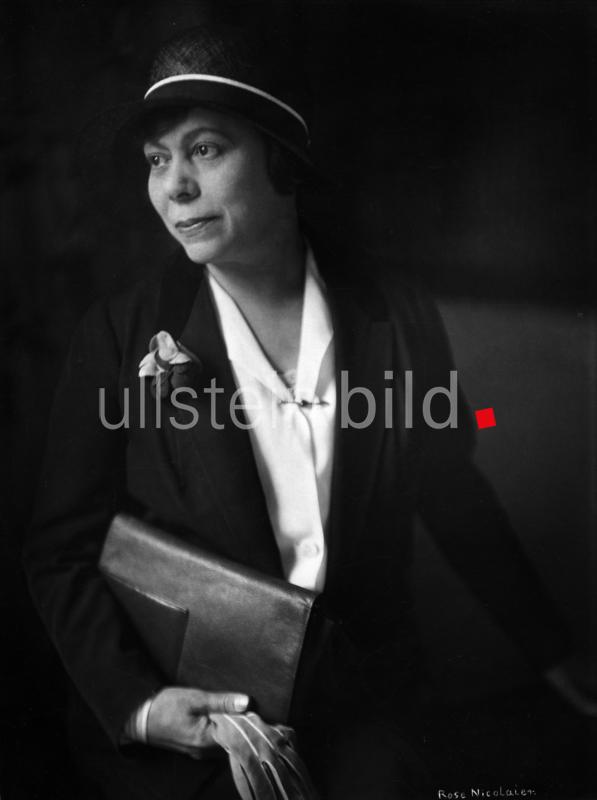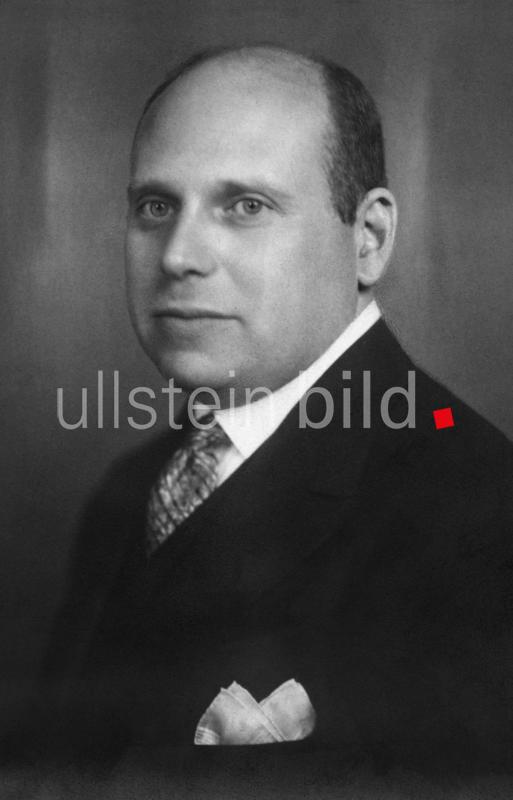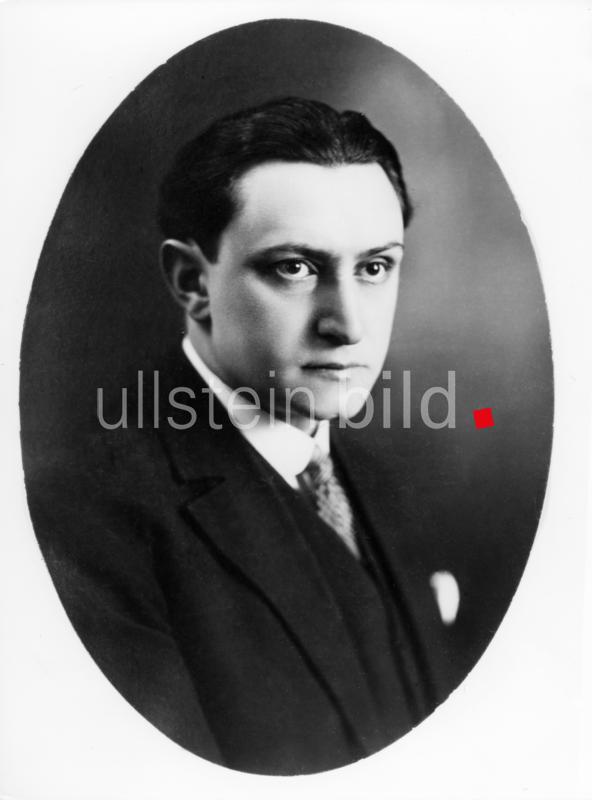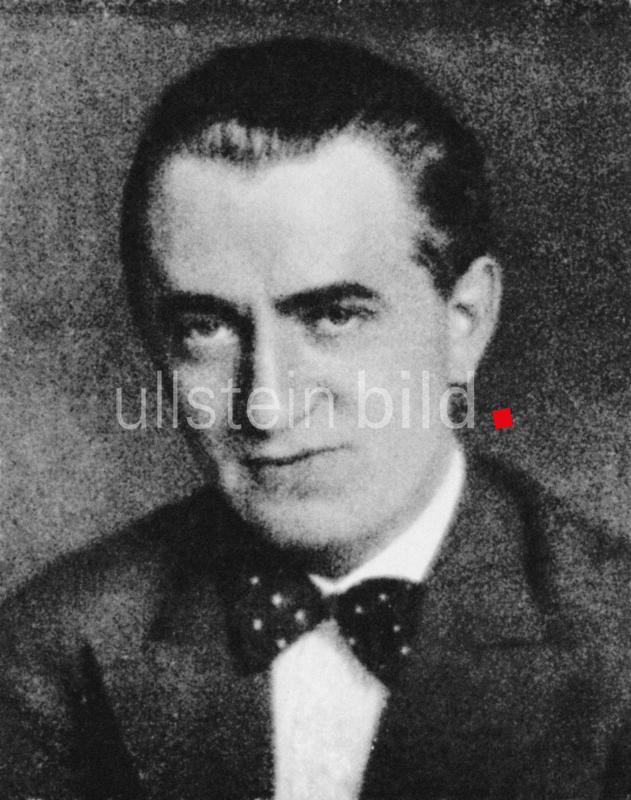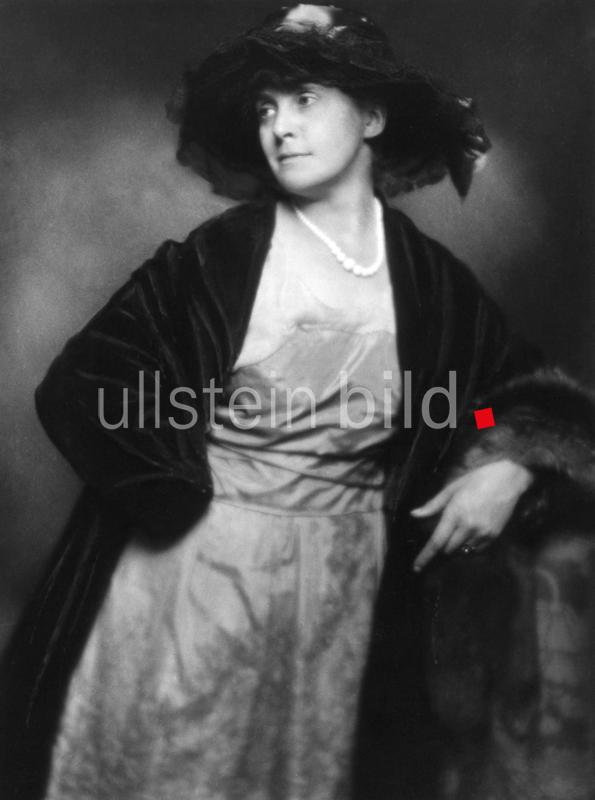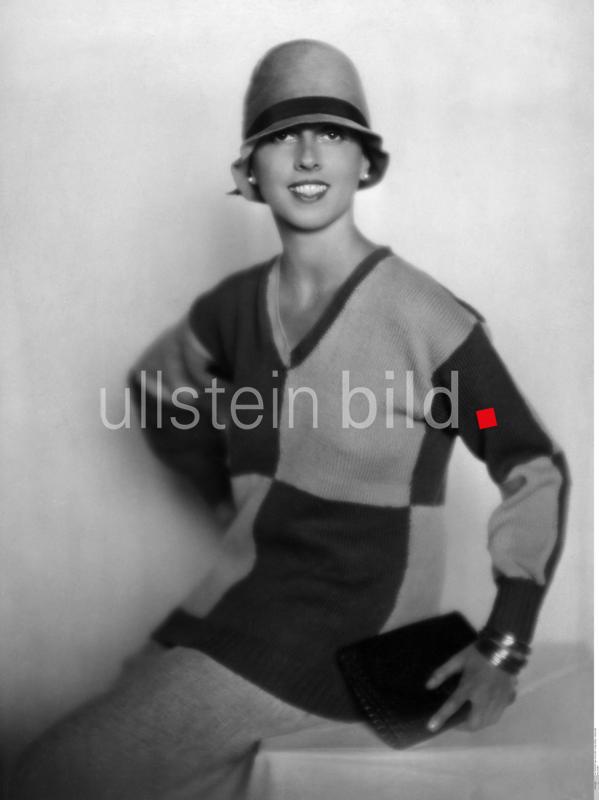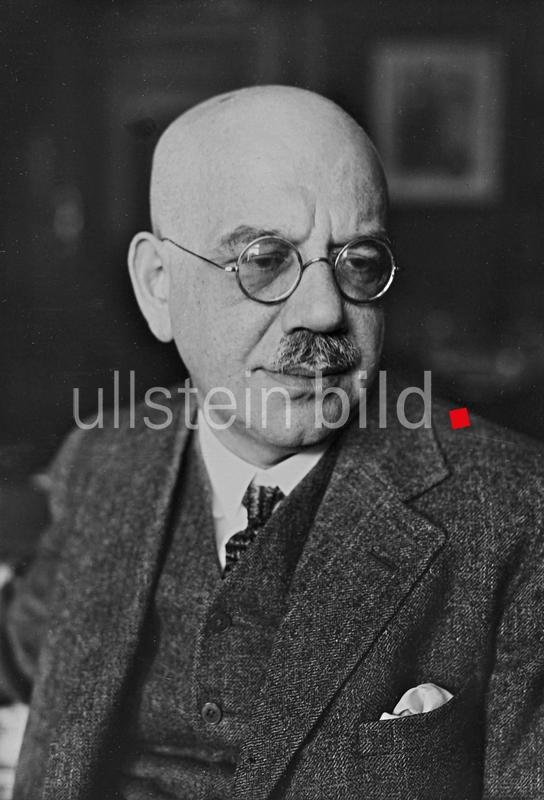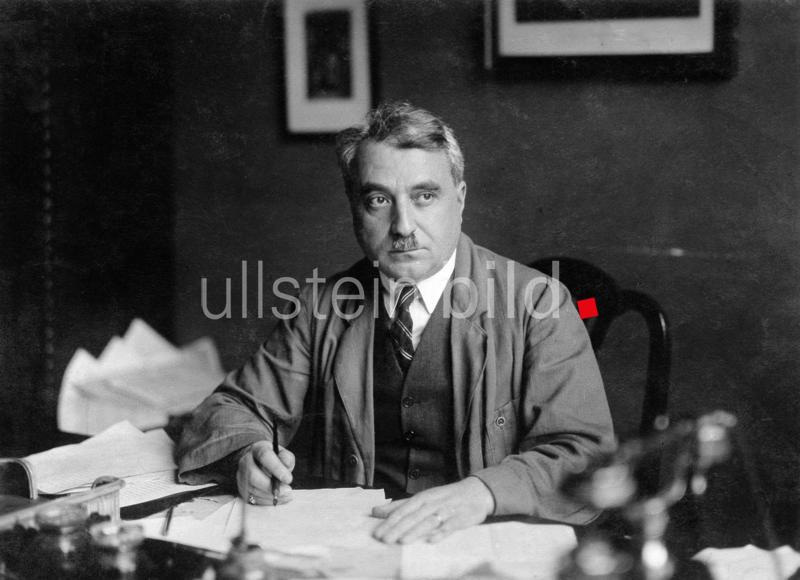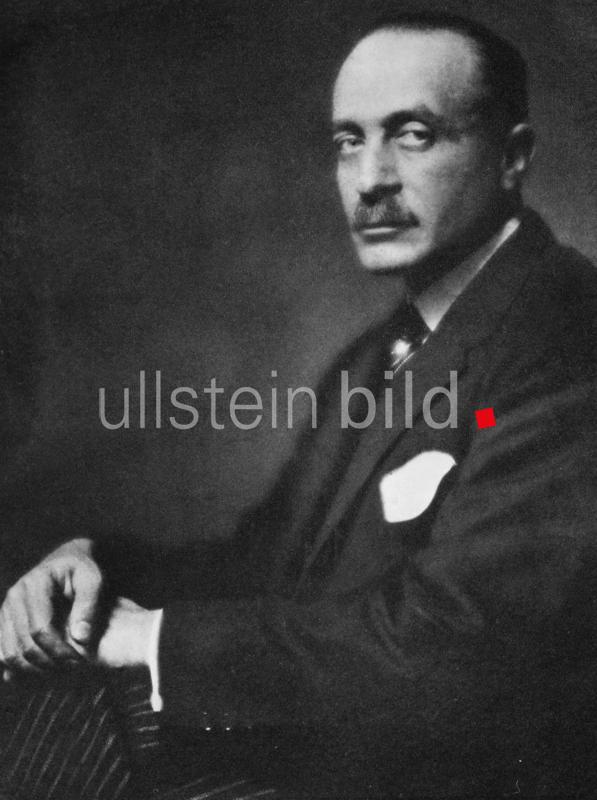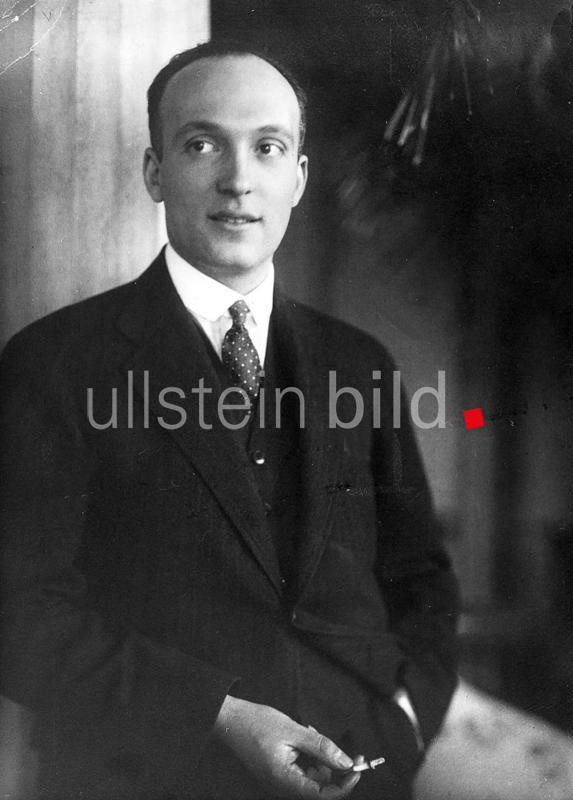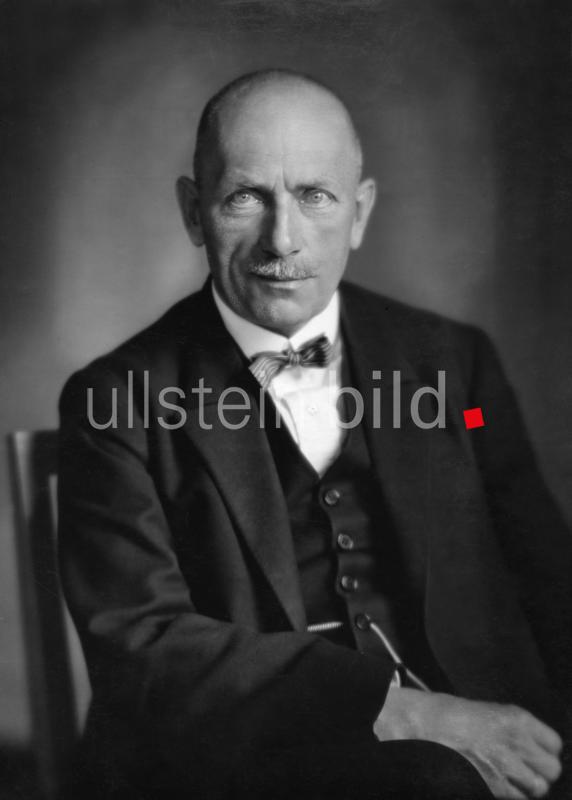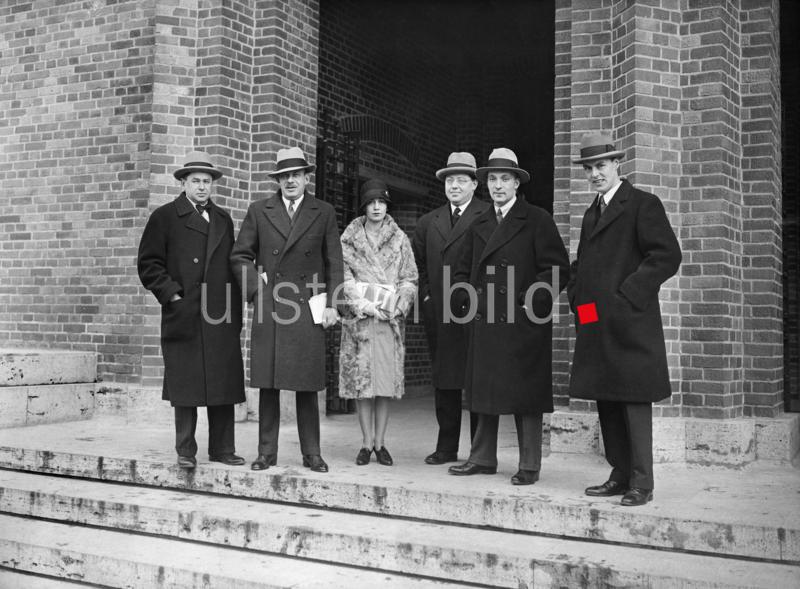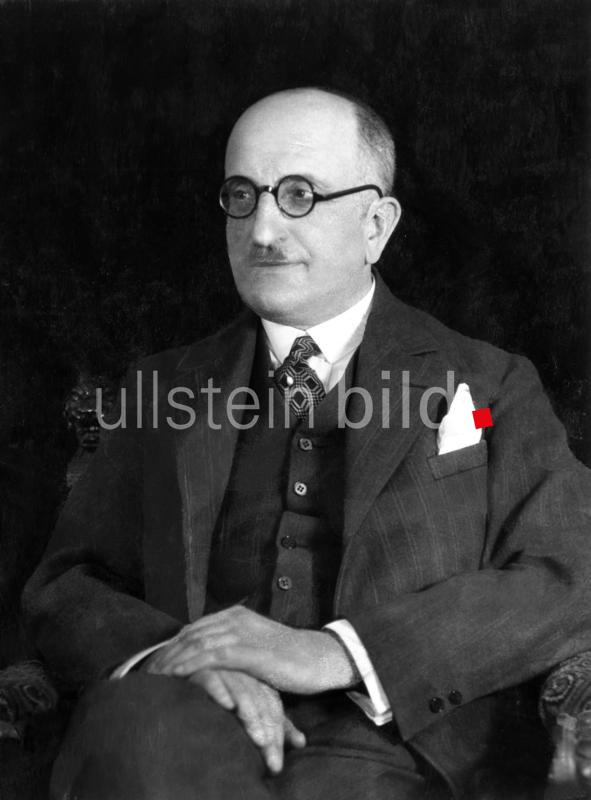The free press
...and an Ullstein photo from 1928 (Part 1/2)

Photo: ullstein bild
The photograph with the media number 06485243 shows the Verein deutscher Zeitungsverleger, conference in Berlin, participants at a breakfast in the hall of the Ullstein printing house in Tempelhof, published Berliner Morgenpost, 05.10.1928, photo: A. u. E. Frankl
______________________________________________________
Dear Phoebe Kornfeld, today we are talking about one single original photograph from the Ullstein collection at ullstein bild: it shows participants at the 1928 meeting of the Association of German Newspaper publishers in the Ullstein printing facility in Tempelhof, Berlin. What is so interesting to you about this picture?
The 1928 photo of a room full of newspaper publicists in Berlin has intrigued me ever since I first saw it. In 2021, I published the book Passionate Publishers about the three German Jewish refugee émigrés who founded the Black Star photo agency in Manhattan in 1935, and recognized one of them, Kurt Safranski, in the photo. I would like to know the name of each and every one of the publicists in the room, their roles in publishing the news, and their fate following the 1933 Nazi seizure of power in Germany. I have not yet achieved that goal, but I have made some progress towards doing so.
The picture was published on October 5, 1928, and originated from the agency of two photographers, Alfred & Eduard Frankl, in Steglitz, Berlin, ullstein bild media number 06485243. We know that these two photographers were among the most sought after of their day and that many of their photos were published by Ullstein, especially in the widely circulated Berliner Illustrirte Zeitung. The current inventory at ullstein bild approaches about 1,700 original photographs. What were the circumstances that led to this picture?
On Thursday, October 4, 1928, from the staircase of the monumental Ullstein Tempelhof printing plant, an unknown photographer with the A. & E. Frankl photo agency snapped a picture of the room below. The photo, which was published in the next morning’s edition of the Berliner Morgenpost, was filled with about seventy men and women finishing a late breakfast after having received a tour of the Ullstein Tempelhof printing facilities. According to the article accompanying the photo, this was the opening event of a program of activities arranged around the annual meeting of the Association of German Newspaper Publishers being held in Berlin for the first time since the summer of 1911.
What additional information could you learn about the photograph from the newspaper article?
That same article states that as many as 700 members of the association with their wives started the day by visiting the Ullstein Kochstraße building before climbing into twenty-three luxury buses for the ride to Tempelhof (ullstein bild media number 00196110). With the new Ullstein building there having been completed only about two years before this meeting, it is not surprising that a large number of press publicists from Berlin and around Germany were eager to set their eyes on the state-of-the-art facility. Given the strong turnout for the tour, it is very possible that breakfast was also being served to the visitors in the large dining hall in the building. The weather cooperated, with the temperature in the 50s and a slightly cloudy sky, so visitors also might have been outside on the adjacent patio.
The photographer seemingly asked for people to look up at him, and most did just that, some smiling obligingly, others appearing more skeptical. Thus was preserved a unique tableau of leading newspaper publishers and editors in Germany almost one hundred years ago. The atmosphere captured in the photo is one of a strong, largely upbeat crowd.
Can you describe further important circumstances relating to the point in time when this photograph was taken?
During the previous decade, Germans had experienced war, defeat, revolutionary and insurgent activities, and a multitude of devastating economic hardships, including hyperinflation and almost paralyzing reparations obligations. By 1928, it seemed that the worst was behind them. The successful International Exhibition of the Press, the “Pressa,” was opened in Cologne in May and would close on October 14, with both ceremonies led by the city’s Mayor, Konrad Adenauer who survived Nazi persecution and went on to become West Germany’s first chancellor from 1949 to 1963.
From October 13-16, 1928, Berlin would be lit up at night in an exhibition called “Berlin im Licht” (Berlin in the Light) organized by the Association of Berlin Merchants and Industrialists, funded by private donations. Floodlight shows, illumination of shop windows and of public streets and buildings as well as neon advertisements in the city would project light through the darkness. Another highlight of the event was the performance of Kurt Weill’s song with Bertold Brecht’s lyrics “Berlin im Licht.” The October 4, 1928, photo in the Ullstein Tempelhof facility reflects that sense of a forward-looking positivity after many difficult years.
Of course, the people in the 1928 photo were completely unaware that a worldwide depression was just around the corner and that a mere five years later, when the authoritarian Nazi regime swept into power and silenced the free press, many in the room would be deprived of the right to practice their profession, forced out of the country, imprisoned, driven to suicide, killed. More than a few had their newspapers expropriated during the Gleichschaltung or consolidation of the press into a governmentally run racist mouthpiece spewing fake news. Others in the room would manage to continue publishing through the Nazi era and again following Germany’s defeat, even in some cases despite initial prohibition of their postwar participation in the press on the basis of their prior support for Hitler’s regime.
How do you approach the identification of the participants in the Ullstein facility in Berlin?
Only a few publishers and editors at the event can be identified with a high degree of certainty. The black and white photo is not crystal clear, but comparison with a sepia rescan facilitates some additional identification of those present. It is very difficult to identify any of the women in the photo, because most wore the fashionable bell-shaped, tightly fitted Cloche hats of the time, which compromise the view of their faces. Even the one woman wearing a man’s tie donned such a hat.
Compounding the challenge of identifying the people in the room is the scarcity of preserved images of the relevant publishing professionals. Possibly the single largest source of period photos of the publicists has been preserved by Ullstein, either digitally through ullstein bild or in its printed publications about the company such as its 1927 book 50 Jahre Ullstein. 1877-1927 (50 Jahre Ullstein). They enable the identification of quite a few Ullstein managers and editors as well as Ullstein family members at the breakfast.
What other specific sources provide insight into the details of this visual image and lead to robust conclusions?
Der Zeitungs-Verlag, the newspaper published by the Association of German Newspaper Publishers, is a source of contemporary photos of the association’s members, but primarily of its most senior members. Those men, and they were all men, would certainly have attended the annual meeting, but only a few of them are in the photo.
Kurt Safranski, executive director of the Ullstein magazine division, kept a photo album gifted to him by colleagues when he left Ullstein in 1934. It contains distinctive black and white portrait shots above the signatures of twenty-three individuals and has enabled the identification of people in the 1928 photo. The album was gifted by his heirs to the Axel Springer Ullstein Archive in 2019.
Stefan Lorant, of the Münchner Illustrierte Presse, recognized that the profession failed to provide the readership with images of the individuals writing the articles that appeared in the press on a daily basis. In an attempt to allow people to put faces to the names, Lorant prepared a book So sehen wir aus (This is what we look like) with a photo or drawing of about ninety members of the press who had attended the annual Press Ball in Berlin on its fortieth anniversary in 1930. Lorant was a pioneer, along with Ullstein’s Kurt Korff and Kurt Safranski, in advancing the genre of the illustrated press in Weimar era Germany, and then, after his release from six months in Nazi prisons in 1933, in exile in the UK and the US. The informative and entertaining So sehen wir aus showcases Lorant’s talent while preserving images otherwise very difficult to find.
Finally, Willi Münzenberg’s Arbeiter Illustrierte Zeitung contributed to the photographic memorialization of numerous left-wing editors and journalists in a two-page spread of thirty-two mugshot-like photos of publicists who were among the sixty-five sentenced to prison from the end of 1929 to the end of 1930. The photos were reproduced in Heinz Willmann’s 1974 book Geschichte der Arbeiter-Illustrierten Zeitung 1921-1938 (Berlin: Dietz Verlag) and suggest that at least one left-wing publicist attended the breakfast at the Ullstein facility.
Over and above that, you were able to identify a number of editors and publicists in the photograph.
Yes, the project also entails research to identify the names of publicists who might have been at the Ullstein-hosted breakfast. The slight variations in the style of the men’s suits, shirt collars and ties make it clear that the participants were not all from Berlin, the hub of newspaper publishing in the Weimar era. Also present were representatives from the “provincial” newspapers, as those outside of Berlin were called. Kurt Koszyk’s Deutsche Presse 1914-1945 (Berlin: Colloquium Verlag, 1972) is an invaluable resource for understanding the complicated landscape of German newspaper publishing at the time and includes information about many of the publicists from around the country. Even once named, however, the next step of finding photographs or portraits of those publishers and editors is painstakingly difficult and, in some cases, seemingly impossible.
Can you name with certainty any of Ullstein's guests in Berlin on October 4, 1928? And what conclusion have you reached?
I will briefly describe the individuals whom I can say with a high degree of certainty attended the breakfast followed by descriptions of others whom I think are in the photo, in each case, in alphabetical order.
I am well aware of the risk of misidentification. If I have erred, I apologize and welcome corrections. I think the risk is one worth taking, because the photo of Ullstein hosting a wide spectrum of members of the press is an important reminder of the vibrant newspaper publishing environment in 1928 Germany. The publicists in the room were actively exercising their right to freedom of speech in the era directly preceding the elimination of that right upon Hitler’s seizure of power in 1933. To put names and life stories to their faces is to remember what can be lost by the failure to protect one of a democracy’s core attributes: a free press.
Thank you very much, Ms. Kornfeld, for this interview!
______________________________________________________
This was PART ONE of the interview with Phoebe Kornfeld: The free press – and an Ullstein photo from 1928
(Read part 2/2 here)
______________________________________________________
Questions: Dr. Katrin Bomhoff, ullstein bild collection.
First published on March 24, 2025.
In the gallery you can see a selection of original photographs from the Ullstein photographic collection.
You can find the corresponding dossier at ullstein bild.

